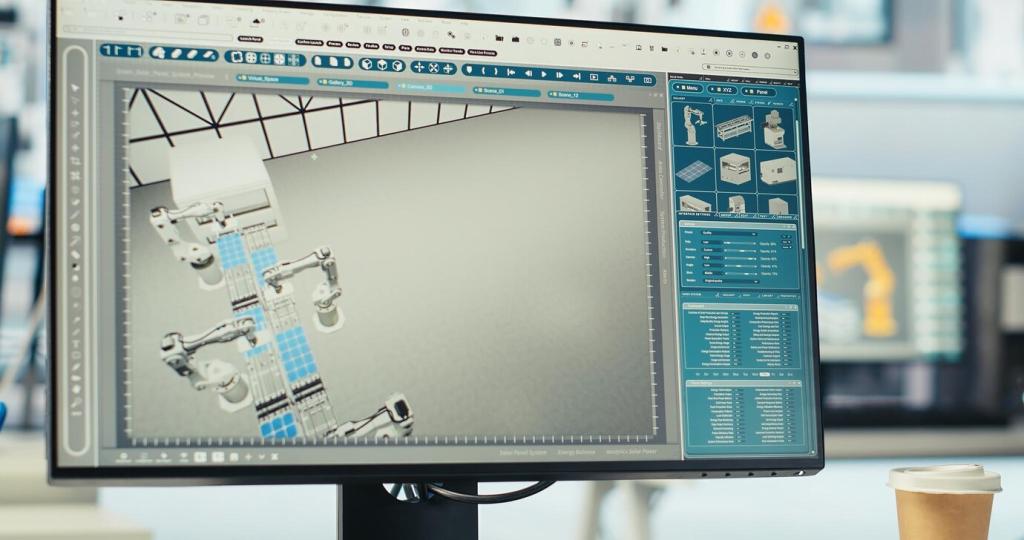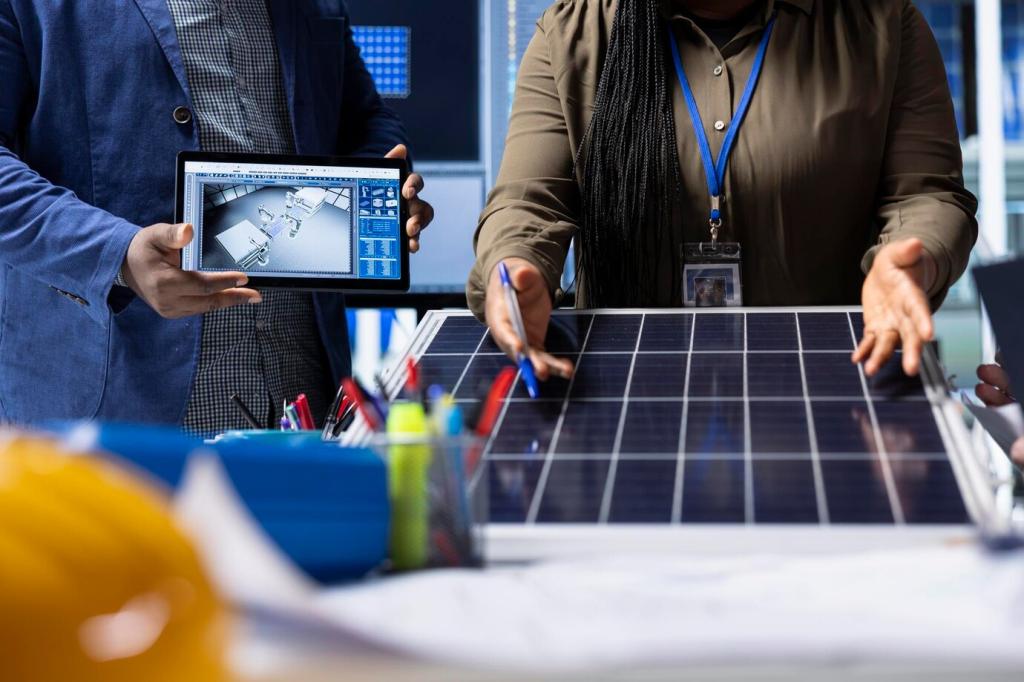Renewable Energy Incentives and Rebates for Homeowners

Understanding the Incentive Landscape
In the United States, federal incentives can cover a meaningful share of eligible project costs for technologies like solar panels, battery storage, and efficient heat pumps. The credit applies when you file taxes, reducing what you owe directly, which can significantly accelerate payback timelines.
Understanding the Incentive Landscape
States and cities often add their own rebates, performance incentives, or property tax exemptions. These can stack with federal benefits, but rules vary by location. Checking your state energy office or local clean energy database ensures you do not miss valuable, time-limited opportunities.

Solar PV and Net Metering Basics
Solar panels often qualify for federal tax credits and may earn bill credits via net metering, depending on local rules. Some regions also offer performance incentives or renewable energy certificates. Carefully size your system to maximize self-consumption while making the most of your utility’s credit structure.
Battery Storage That Works Smarter
Home batteries can enable time-of-use bill savings and resilience during outages, with many models eligible for incentives when paired with solar. Bonus value appears when utilities pay for demand response participation. Pairing storage with rooftop solar can stretch your credits further and improve overall system economics.
Heat Pumps and Electrification Rebates
High-efficiency heat pumps for space heating, cooling, and water heating often unlock stacked rebates from utilities and states, plus federal credits. Ensure your contractor sizes equipment properly and provides documentation. Well-executed electrification can reduce fossil fuel use and stabilize comfort across seasons.

Stacking Incentives Strategically
Start by identifying rebates that require pre-approval and lock those in first. Schedule installation next, and gather final invoices and inspection documents. Finally, coordinate with your tax preparer to claim eligible federal credits, ensuring no double-counting where programs explicitly prohibit it.


Stacking Incentives Strategically
Cash purchases keep tax credits with you. Loans can still work well, but payments continue until incentives arrive. For leases or power purchase agreements, the third party typically claims the credit, passing savings through in a different way. Read agreements carefully and ask pointed questions.

In Phoenix, Lucy combined a federal solar credit with a utility rebate, scheduling her install before summer peak rates. A modest battery helped her ride through evening demand charges. Her favorite moment was watching the first bill arrive dramatically lower than last year’s scorching season.

In Denver, Diego swapped an aging furnace for a cold-climate heat pump after securing utility and state rebates. He added smart thermostats to fine-tune comfort and documented every serial number. The result was steady winter warmth, cleaner air inside, and a rebate check that landed faster than expected.

In New Jersey, Priya sized solar to match household usage and joined a program that rewarded clean generation. She saved copies of interconnection approvals and installation photos. When neighbors asked, she shared her checklist, and three more homes applied for rebates within a month.
Stay Current, Ask Questions, and Share Wins
Policies, rebate levels, and application windows can shift quickly. Subscribe to our updates to receive clear, homeowner-friendly alerts about new incentives, deadlines, and best practices. A short email can be the difference between applying early and missing a fast-changing program entirely.

